Dippin Dots and COVID Shots: Does the Ice Cream Company Hold the Key to Vaccine Supply Chains?
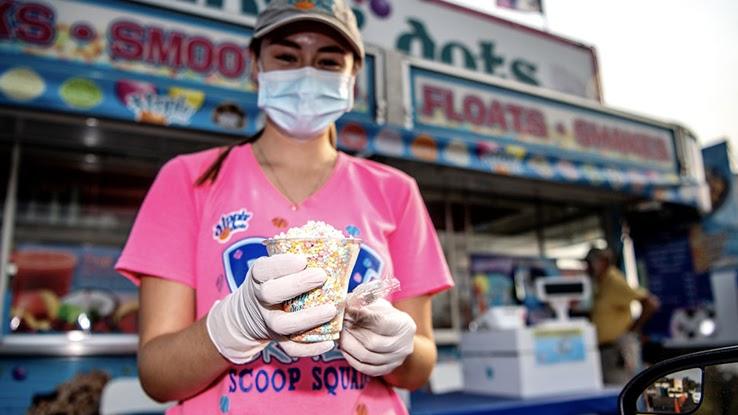
As we saw at the beginning of the pandemic with widespread personal protective equipment (PPE) shortages and the frenzy over hand sanitizer, the supply chain for medical goods can be incredibly fragile when it’s under stress. Now, combine this with a vaccine that has to be stored at far-below-average temperatures, and there’s a chilling new reality to face in terms of the difficulties of distributing lifesaving medical treatments.
While ice cream isn’t the first thing that comes to mind when you think of the Pfizer COVID-19 vaccine, it perhaps should be the third or fourth. But what do ice cream makers and vaccine producers have in common? It all boils down to the shipping and storage of their delicate respective products. One ice cream maker in particular — Dippin’ Dots, purveyor of everyone’s favorite bead-like dairy snack — could lead the charge in vaccine distribution, at least in a way.
The makers of Dippin’ Dots are now in the spotlight for their groundbreaking and hard-to-come-by cold-storage solutions, which could potentially play a role in getting Pfizer’s COVID-19 vaccines — which need to be stored at super-low temperatures, unlike the Moderna and Janssen vaccines — transported and stored around the U.S. more effectively. Here’s how such an unlikely pair could work together — and how it could impact our ability to receive the COVID-19 vaccine.
Dippin’ Dots Cold Storage 101
If you haven’t seen the company’s kiosks at your local mall, sports stadium or theme park, Dippin’ Dots are tiny pellets of cryogenically frozen flavored ice cream — they’re sort of like a creamy confetti. Invented by a microbiologist in 1988, the dots are made using liquid nitrogen during a process that exposes ice cream to temperatures as low as -320 degrees Fahrenheit. Due to this flash-freezing process, one characteristic that has remained true since the dots’ inception is that these tiny pellets of frosty ice cream need to be stored in coolers at an extremely low temperature — around -40 degrees F — to maintain their consistency. If the temperature in the cooler slips a couple of degrees warmer, this can compromise the quality of the entire batch of dots. Interestingly, this principle is also true for the process of shipping COVID-19 vaccines.
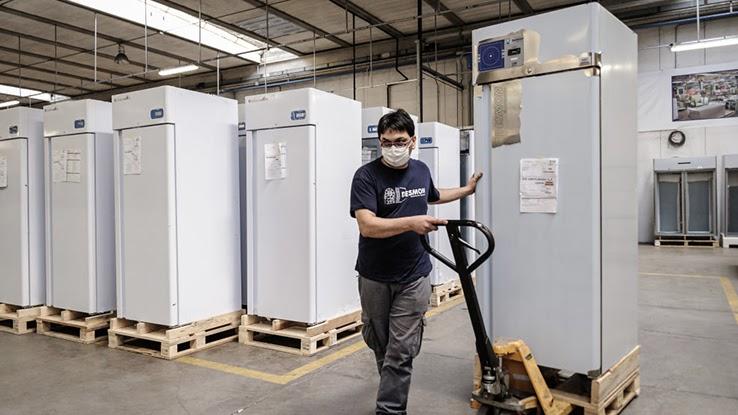
A standard freezer bottoms out at a temperature of 0 degrees F — much too warm for a container of Dippin’ Dots ice cream. Despite this fact, the company manages to regularly send out millions of ice cream servings in countries all over the world. This is because the company utilizes specially designed freezers to maintain the integrity of the product; the doors on the freezers open at the top to keep heat from entering.
Dippin’ Dots also doesn’t just make dessert treats. A division of the company, called DD Cryogenics, has developed cold-storage appliances called Super Freezers designed for use in pharmaceutical and other settings. In particular, its LAB-31 freezer can maintain temperatures of -58 degrees F to -122 degrees F — the perfect range for storing Pfizer COVID-19 vaccines, which must be kept at a chilly -94 degrees F to maintain their effectiveness.
Dippin’ Dots is clearly a master of the cold-storage and supply-chain games. It’s able to control the temperature of its delicious treat during every step of delivery, storage and shipping. To do so is no easy task; the coolers used in this process are highly specialized and designed almost singularly for storing the dots. But the company’s appliances may also hold the key to boosting distribution of COVID-19 vaccines — an essential task, particularly in the face of widespread logistics issues affecting the shipping and deployment of the vaccines.
What Does Pizza Have to Do With Pfizer’s Vaccine Distribution?
Ice cream pellets aren’t the only snack that could play a role in getting vaccines shipped more efficiently and stored more securely. To move its vaccine, Pfizer is taking inspiration from the ubiquitous pizza tray. The special packages hold 195 frozen vials of the pharmaceutical company’s COVID-19 vaccine. Each of the vials is roughly the size of a finger and contains enough of the vaccine to administer the first round of doses to five people, which can take place after the vaccine has been completely thawed and diluted.
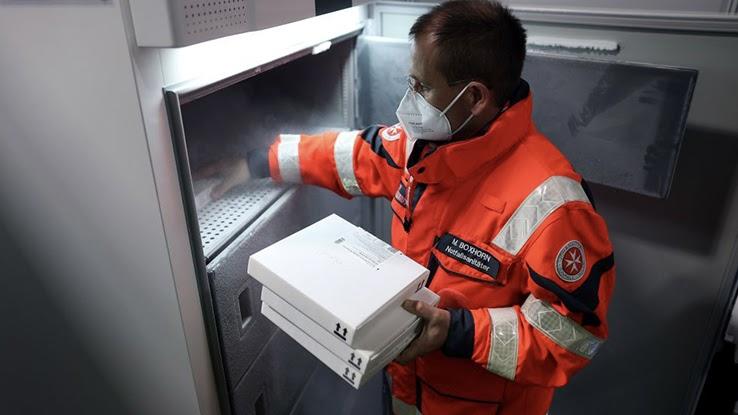
Why a pizza box? As NPR reports, the design actually allows better storage of the vaccines in a way that lets medical facilities use dry ice to keep the doses in boxes for several weeks. This way, the vaccines “can be stored for a few weeks without specialized freezers” in a way that’s more familiar to healthcare workers. However, this solution may not be ideal. One of the problems with the pizza tray design is that it was created for vaccines that are given to a large number of people at a time, such as a clinic with hundreds of people receiving a vaccine all at once. Smaller segments of the population at a time have been getting the vaccine, but the “pizza box” storage solution was designed for immunizing large numbers of people in the same area at once.
This isn’t the first time vaccine makers have had to scramble to keep vaccines cold. Bill Gates funded a project that created portable cold-storage thermoses that held Ebola vaccines at -112 degrees F. In time, the hope is that pharmaceutical companies such as Pfizer will change their packaging to suit a smaller number of vials. This way, small batches of the vaccine can ship to rural areas with smaller populations. Until then, it could be more feasible to utilize Dippin’ Dots’ cryogenic technology.
The Scramble for Dry Ice: PPE 2.0
In addition to holding a larger number of vaccine vials, the pizza tray design has another important purpose. These trays keep the products protected from what keeps them cold. In this case, it’s dry ice. Dippin’ Dots, Pfizer and Moderna all use dry ice to store their fragile cargo.
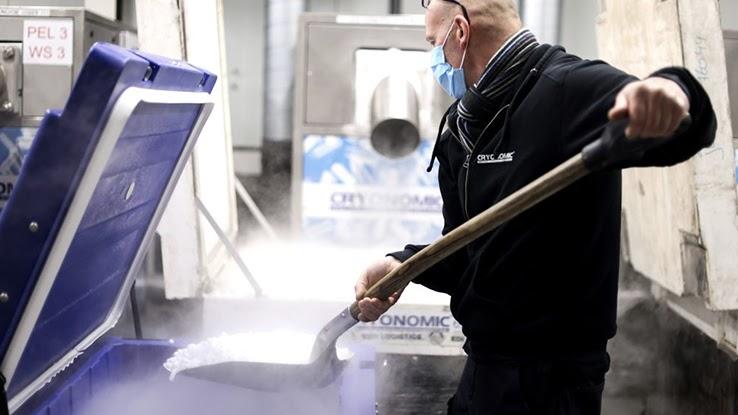
Dry ice sits at a chilly -109 degrees F, which makes it an ideal cooling agent. It can keep whatever it’s cooling cold for at least a few hours — but not without a price. Dry ice is cold enough that it can burn you or cause frostbite if you touch it with your bare hands.
Dry ice also turns into a carbon dioxide gas when it warms up. Compared to oxygen, carbon dioxide is much heavier, which means people put themselves at risk of suffocation if the air around them becomes displaced with the ice’s off-gassing. Dippin’ Dots employees undergo special training to properly handle dry ice in the back of trucks or small enclosed spaces. For pharmaceutical companies, the same precautions are necessary when shipping vaccines with pizza trays.
As we’ve seen previously during the pandemic, many of the things we need are in short supply. The same goes for dry ice. There are only a few companies that produce dry ice in the country. This has caused shortages and production bottlenecks across the United States. Although Pfizer has already bought the equipment to make its own dry ice for shipping, it’ll be up to healthcare systems to source it and keep it stocked to maintain the quality of the vaccines they’re storing.
Part of the problem we could see in the future in terms of dry ice and cold-storage shortages comes from transit delays. If COVID-19 prevents employees from working or inclement weather gets in the way of deliveries, hospitals could lose access to some of their precious supplies of dry ice.
Under the assumption that a fresh batch of dry ice gets delivered every five days, Pfizer’s vaccine can stay stored in pizza trays for up to 30 days. This includes the time the vaccines take to get delivered and then stored at a pharmacy or hospital until they’re administered. That means medical facilities need a nearly never-ending supply of dry ice — or a suitable freezer, like the ones Dippin’ Dots makes. With uncertainties about maintaining sources of dry ice and of keeping vaccines in special trays, Dippin’ Dots’ freezers may be the most secure option for safer, long-term and less-risky vaccine storage.
Dippin’ Dots’ Ultra-Low Temperature Freezers Come to the Rescue
So how do medical facilities store the vaccine without depending completely on dry ice? This is where Dippin’ Dots freezers come into play. Pharmaceutical companies, as well as distributors of the vaccine, are reaching out to the ice cream powerhouse to rent freezers that are up to the challenge — the challenge of not only keeping the vaccines at the right temperatures but also of keeping them at those temperatures long enough that they won’t risk going bad.
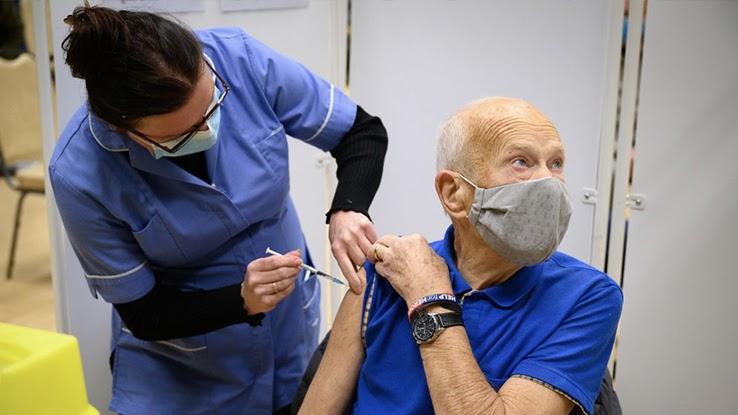
One issue with these ultra-low-temperature freezers is that they’re expensive. However, hospitals potentially won’t need them for long periods of time once herd immunity is achieved, unless researchers find that we’ll need to receive supplemental doses at regular intervals to keep COVID-19 at bay. Another element complicating the process is that, once they’ve been used for a product like a vaccine, the freezers can’t be used to store food afterward.
This means many hospitals are looking to lease the freezers. When it comes to Dippin’ Dots, a franchisee pays for the ultra-low freezing technology as part of the price of the ice cream. But the COVID-19 vaccine is available to everyone in the U.S. at no cost, aside from a medical provider’s administration fees. So who foots the bill for the storage and distribution? Local state governments and hospitals. In the end, we’ll all end up paying to store and distribute the vaccine, and it’s worth every penny. While it might not be as small as a Dippin’ Dot, it’s certainly a small price to pay for an end to the COVID-19 pandemic.





